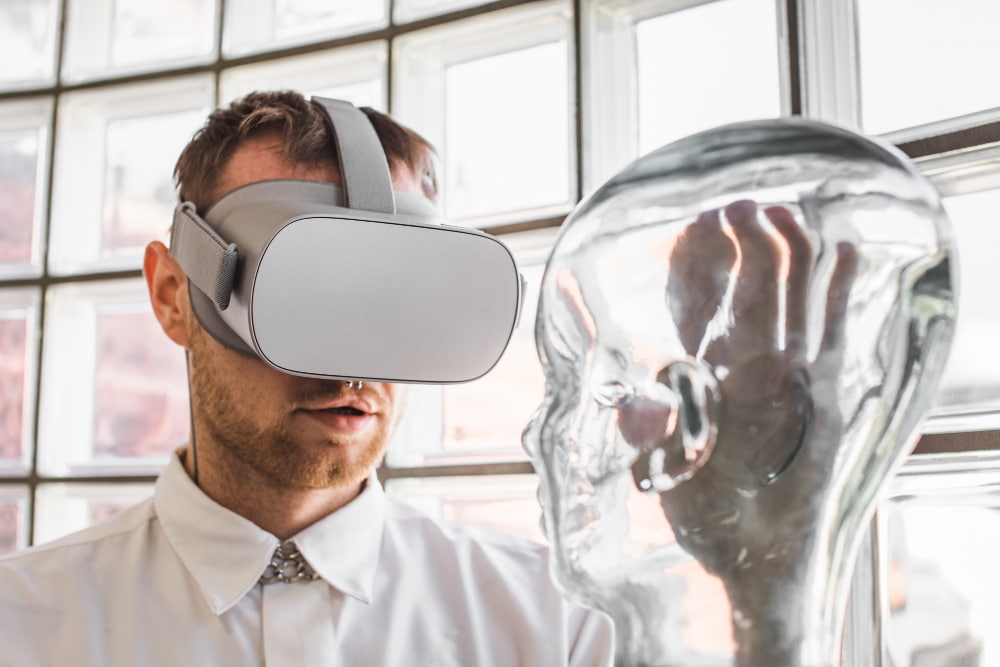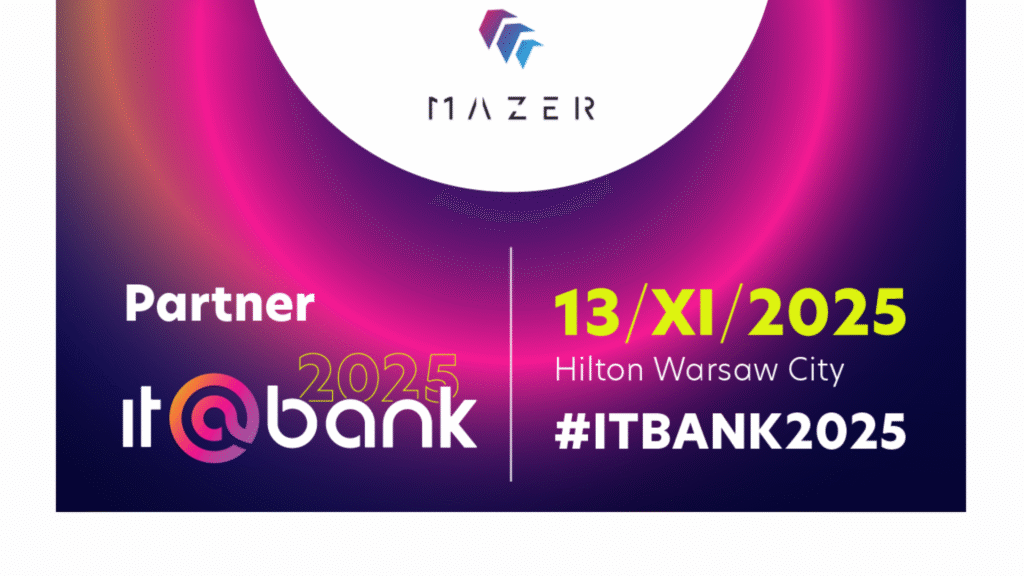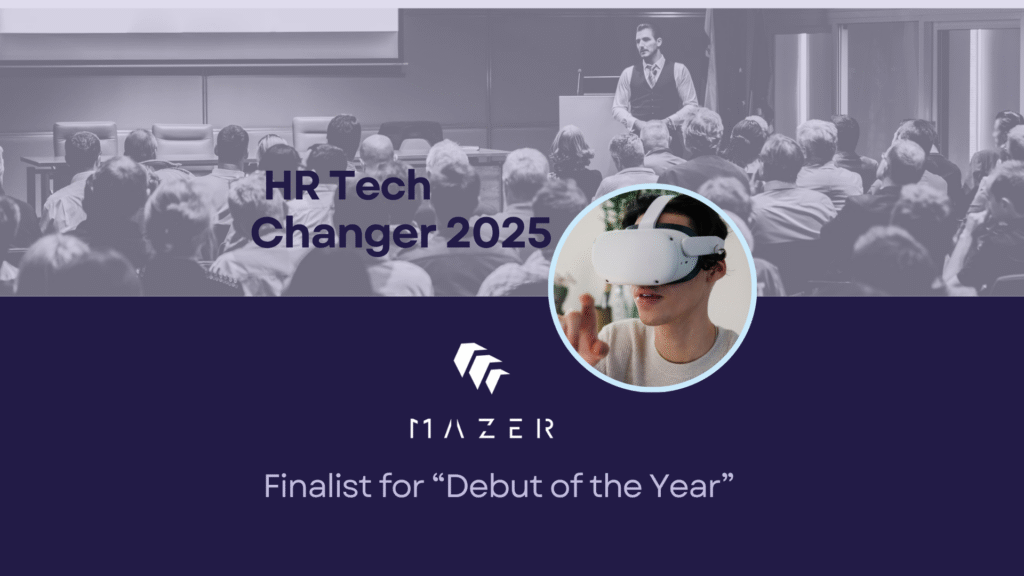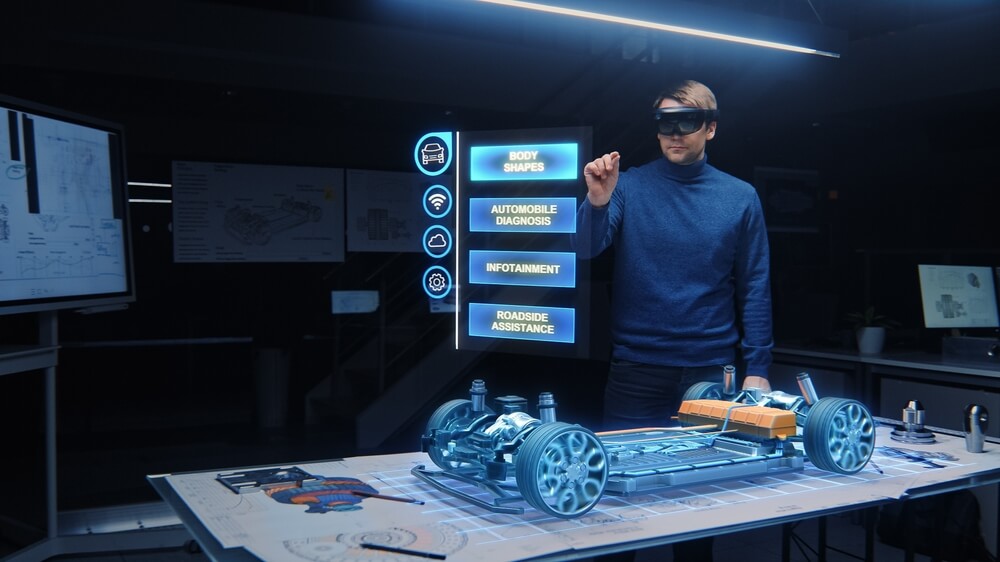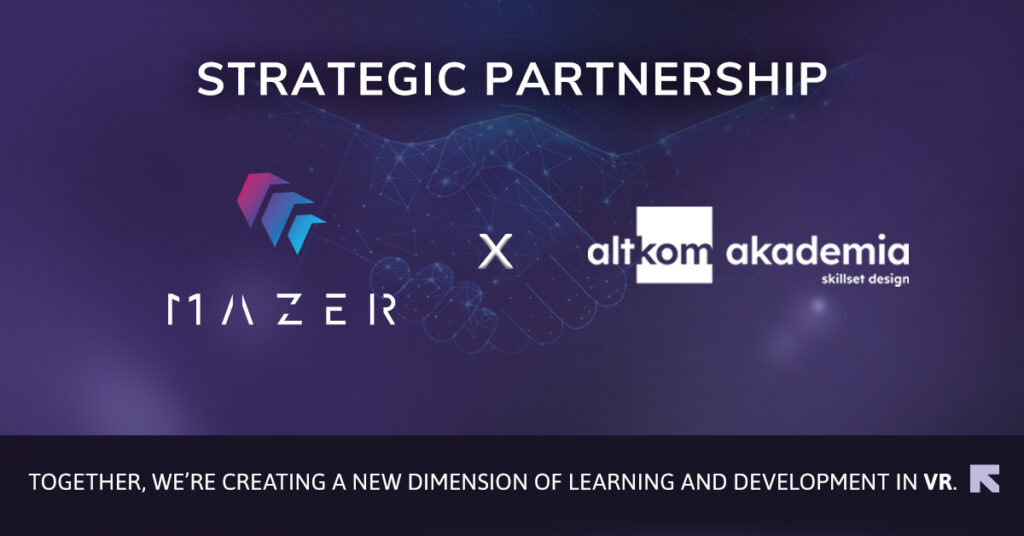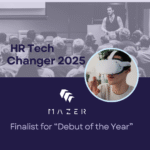What Is Virtual Reality Training?
Table of Contents:
You may have heard the term thrown around before, and to anyone not in the know, VR training might sound rather nebulous. In simple terms, it involves using virtual reality technology to create realistic scenarios and experiences to facilitate workforce development. Forward-thinking companies who stay on top of industry trends can take advantage of VR training to always keep their employees on the bleeding edge, establishing themselves as a leader in innovation. Learn more about VR training features and everything else there is to know in this comprehensive guide!
Key takeaways from the article
- Virtual Reality (VR) training uses realistic, immersive simulations for workforce development, proving more effective and engaging than traditional learning methods.
- A key feature is its high degree of customizability, allowing businesses to tailor virtual environments and scenarios to specific industry requirements and learning objectives.
- VR training offers significant long-term ROI by reducing expenses on travel and materials, while providing a scalable and consistent solution for a global workforce.
- VR training offers significant long-term ROI by reducing expenses on travel and materials, while providing a scalable and consistent solution for a global workforce.
- The technology is highly versatile, with applications across sectors like healthcare and manufacturing, and is poised for future advancements with AI and haptic feedback.
What Is VR Training?
In essence, virtual reality training relies on life-like simulations to create immersive learning experiences in place of the more traditional methods. As businesses keep striving to bolster effectiveness and productivity by leveraging emerging technologies, more and more of them have started to gravitate toward less conventional solutions, such as VR.
But is it really just about the hype of implementing “the new thing?” Not necessarily. Unlike flashy tech fads that overpromise and never deliver (think Google Glass in the workplace), VR training is proving its worth by offering measurable improvements in upskilling and reskilling, employee engagement, and overall training effectiveness.
How Does VR Training Work?
Companies like Mazer Trainer offer robust virtual reality training platforms (also often referred to as virtual training centers). Through these platforms, businesses can customize the training environment in VR to accommodate their needs. In fact, this flexibility is the keystone element and one of the main benefits of VR training over traditional training—with the right tweaks, you can easily turn a well-rounded template into a specific training module and educate your workforce within a niche or have them learn a new skill particularly valuable in your industry.
Once the modules have been designed and a cohesive training program is ready to go, it’s time to get to learning. Using VR headsets, participants complete the available scenarios and learn along the way. The criteria for completion are entirely up to you—it can be a time-based or goal-based activity or anything in between.
Use of VR in Different Industries
Virtual Reality training has proven to be an incredibly versatile tool, with applications spanning across various industries. In the medical field, VR simulations allow professionals to practice surgeries, diagnose conditions, and enhance their clinical skills without putting patients at risk.
Construction and manufacturing industries benefit from VR by offering workers the opportunity to practice using machinery, navigating hazardous environments, and even learning complex assembly techniques in a safe, controlled setting. Retail has also adopted VR for customer service training, helping employees learn how to handle difficult customer interactions and perfect their sales techniques. By customizing VR environments to suit specific industry needs, companies can deliver targeted training that is both effective and immersive.
Key VR Training Benefits
After this introduction, you still likely need more in-depth reasons why using VR training systems makes sense. Let’s discuss some of the main benefits that VR training solutions bring to the table:
Cost Analysis and ROI of VR Training
One of the most compelling reasons for adopting VR training is the long-term return on investment (ROI). Initially, the cost of setting up a VR training program may seem high due to the need for specialized hardware and software development. However, the long-term savings can be substantial. Traditional training methods often involve costs such as travel expenses, instructor fees, and the creation of printed materials.
VR eliminates these expenses by centralizing training in a digital environment that can be accessed repeatedly by employees. Additionally, VR allows for standardized training across multiple locations, ensuring consistency in the training experience without the need for costly in-person sessions. With VR, employees can train on-demand, allowing for continuous improvement and the ability to learn at their own pace, ultimately enhancing workforce efficiency.
Better Than Conventional Methods
Traditional training methods often rely on lectures, presentations, and basic e-learning modules. For many applications, these are completely sufficient, but they struggle to keep learners engaged. VR training, on the other hand, offers a significantly more immersive approach and a hands-on experience, perfect for those who prefer learning by doing and/or fringe scenarios that are not easily replicable but need to be studied nonetheless.
VR Training for Global Workforce Rollout
One of the most challenging aspects of training a global workforce is the logistical complexity of ensuring consistent training across multiple locations. Traditional training methods can be expensive and inconsistent, especially when employees are dispersed worldwide. VR training, however, allows for easy scalability and uniformity. Whether a company has a few employees or thousands, VR ensures that every individual receives the same high-quality training experience. Furthermore, employees in different parts of the world can access training modules without the need for travel, reducing carbon footprints and ensuring that all workers, regardless of location, can be up-to-date with the latest skills and industry knowledge. This seamless global rollout makes VR training an invaluable tool for multinational organizations seeking to maintain a high standard of employee competence.
Lower Long-Term Costs
While there is certainly a considerable initial investment to keep in mind, VR training reduces training costs over the long term. Businesses save on travel expenses, preparing material, and instructor fees. Plus, employees can learn as often and as many times as they like, maximizing the efficiency of the VR training platform.
Endless Customizability
One of the key VR training features is its customizability. The training modules can be tailored to fit the needs of any industry, skill level, or training objective.
The Future of VR in Corporate Training
Looking ahead, the future of VR in corporate training appears promising. As technology advances, we can expect VR training programs to become even more immersive and personalized. Future developments may include AI-driven virtual instructors, who can adapt to the learner’s progress in real-time, providing personalized feedback and additional resources. Additionally, the integration of haptic feedback—allowing users to physically feel sensations in the virtual environment—could revolutionize industries like healthcare, where tactile feedback is essential for mastering skills such as surgical procedures or patient care.
As VR hardware continues to improve, training experiences will become more realistic, engaging, and tailored to meet the specific needs of industries. With constant innovation, VR training is poised to not only enhance learning outcomes but also redefine the future of employee development.
The Takeaway
Implementing VR training can be truly revolutionary for your organization—provided you know how to pick the right VR training platform. Let your company’s goals guide your choice, and meeting business needs will become significantly easier. Curious to see what the best players have on offer? We cover this in a separate article about the most advanced XR training platforms.
What is VR training and how does it work?
VR training uses immersive, life-like simulations to teach various skills in a controlled environment. By using virtual reality headsets, employees can interact with a virtual environment to develop new skills or improve existing ones. It can be customized to suit specific industries, training needs, and skill levels, offering a hands-on experience that is often more engaging than traditional methods.
What industries can benefit from VR training?
VR training is beneficial across various industries, including **healthcare**, **manufacturing**, **construction**, **customer service**, and **retail**. In healthcare, VR simulations allow professionals to practice surgeries and patient care. In manufacturing and construction, workers can learn how to operate machinery and handle hazardous situations. Additionally, VR is used in customer service training to help employees practice handling difficult interactions with clients.
How does VR training compare to traditional methods?
While traditional training methods, such as lectures or e-learning modules, can be effective, they often lack the engagement and interactivity that VR training offers. VR creates a more **immersive** and **hands-on** experience, which is beneficial for developing practical skills, particularly in high-stakes or complex scenarios. Additionally, VR can be accessed repeatedly for practice, which enhances skill retention and application.
What are the benefits of using VR training over traditional methods?
VR training offers several advantages over traditional training methods, including:
- **Immersion**: VR provides a more realistic and engaging learning environment, enhancing the effectiveness of the training.
- **Scalability**: VR training can be rolled out globally, ensuring that all employees receive the same training experience regardless of location.
- **Cost-effectiveness**: While initial setup costs can be high, VR training can save money in the long term by eliminating travel expenses and instructor fees.
- **Personalization**: Training modules can be customized to suit the needs of individual learners or specific industries.
What are the key benefits of VR training for employees?
VR training offers numerous benefits for employees, such as:
- **Improved engagement**: Employees are more likely to stay focused and motivated during immersive VR experiences.
- **Hands-on learning**: Employees can practice real-world skills in a safe, virtual environment, increasing their confidence and competence.
- **On-demand training**: VR training can be accessed at any time, allowing employees to learn at their own pace and on their schedule.
- **Realistic simulations**: VR enables employees to experience and prepare for scenarios that are difficult or dangerous to replicate in the real world.
What is the future of VR in corporate training?
The future of VR in corporate training looks promising, with advancements in **AI-driven virtual instructors** and **haptic feedback** making the experience even more immersive. As VR technology continues to evolve, it will become even more customizable and personalized, allowing companies to design training programs that adapt to individual learners’ needs. Moreover, VR training will likely become more accessible and affordable as the technology matures, making it a standard tool for employee development across industries.

Author: Rafał Siejca
Rafal has over twenty years of corporate experience, including roles at Millennium Bank, Comarch, and leading software teams at PZU, one of Europe’s largest insurance companies. As one of Poland’s few true VR experts with a decade of experience, he ensures timely, high-quality project delivery as CEO and CTO.

